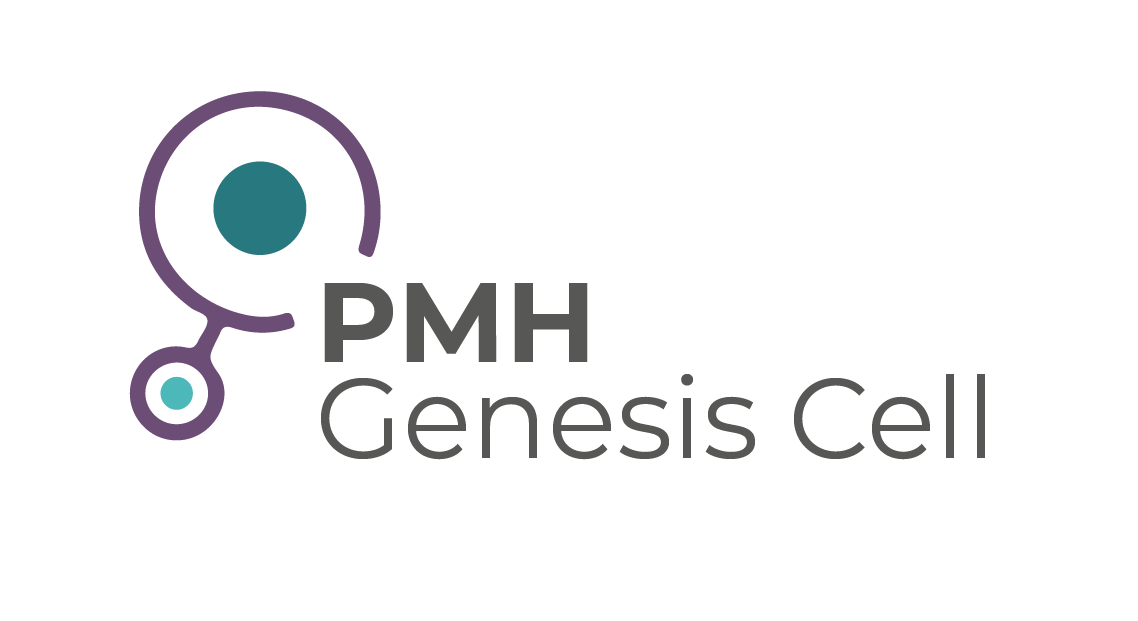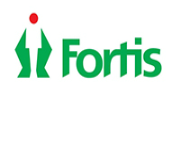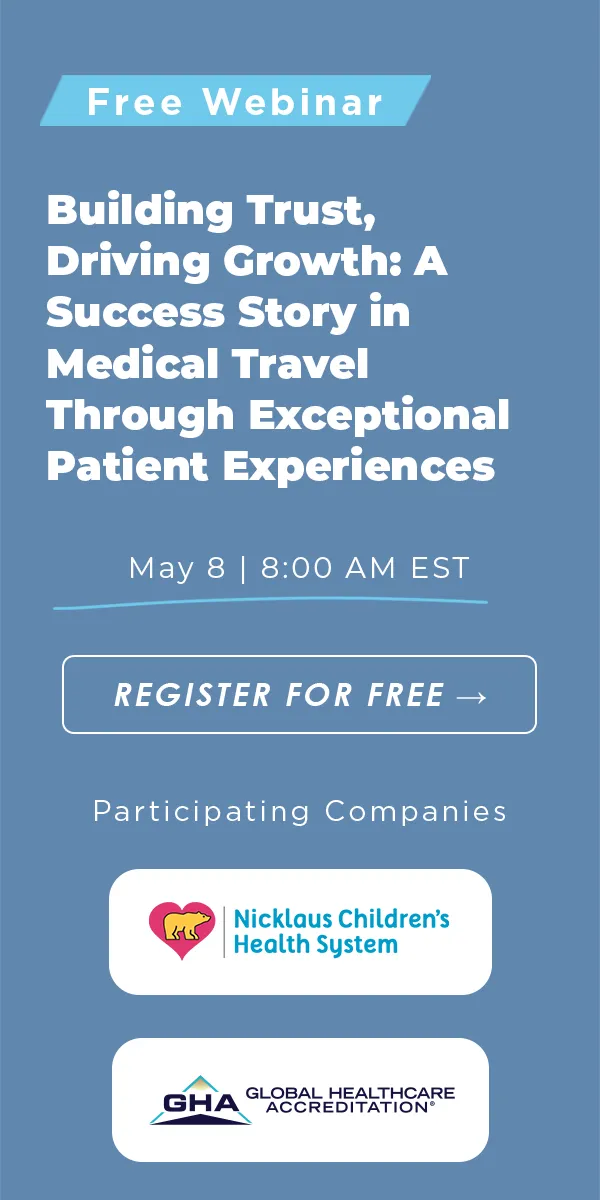Peripheral Nerve Surgery
Steps Involved in IVF:
Procedure Description
Peripheral nerve surgery is a specialized surgical intervention aimed at repairing damaged peripheral nerves, which are the nerves that transmit signals between the central nervous system (comprising the brain and spinal cord) and the rest of the body. Peripheral nerve issues can occur for a variety of reasons including injuries, tumors, autoimmune diseases, and sometimes, for unknown reasons. These issues can manifest in the form of pain, numbness, tingling sensations, or even loss of function in the affected limb or body part.
Peripheral nerve surgeries may encompass a range of procedures including nerve repair, nerve grafting, or nerve decompression. The procedure chosen will depend on the underlying condition, the location and type of nerve involved, as well as the patient's overall health status. People who suffer from conditions like carpal tunnel syndrome, cubital tunnel syndrome, or more severe issues like brachial plexus injuries, may be candidates for peripheral nerve surgery. It can help restore normal function, alleviate pain, and significantly improve the quality of life for the patient.
Understanding the nuances of peripheral nerve surgery is vital when considering it as a medical tourist. The techniques and approaches may vary depending on the surgeon's expertise, and it's crucial to make an informed decision when selecting your healthcare provider, particularly if you are traveling abroad for the procedure.
Procedure Duration
The duration of a peripheral nerve surgery can vary significantly depending on the complexity of the issue and the specific surgical technique employed. Simple procedures like nerve decompression may take as little as 1-2 hours, whereas more complex surgeries like nerve grafting could take up to 4-5 hours. It's essential to consult your chosen healthcare provider for a more personalized estimation.
After the surgery, patients typically require a period of recovery and rehabilitation. Initial recovery in the hospital may last from a few hours to a couple of days, depending on the surgery's complexity and your general health. Full recovery, including regaining nerve function and completing rehabilitation, can take weeks to months. Some cases may even require ongoing therapy for optimal outcomes. Keep this in mind when planning your medical tourism journey, as you may need to factor in multiple visits or an extended stay for post-operative care.
It's advisable to discuss the complete timeline with your healthcare provider before traveling, so you can make informed choices about your medical journey. Make sure you understand not just the surgical procedure but also the recovery and rehabilitation process.
Benefits
- Cost Savings: Medical tourism can offer significant cost savings, especially for procedures not covered by insurance.
- Advanced Technology: Some countries specialize in advanced surgical techniques and state-of-the-art facilities.
- Expertise: Medical tourism can provide access to specialized surgeons with extensive experience in peripheral nerve surgery.
Potential Destinations
- India: Known for high-quality healthcare at competitive prices.
- Thailand: Renowned for excellent patient care and advanced technology.
- Germany: Highly regarded for its cutting-edge medical technology and expertise.
Risks & Considerations
- Quality of Care: Make sure the hospital is accredited and meets international standards.
- Language Barrier: Ensure there are translators or staff fluent in your language.
- Travel-related Risks: Factor in travel time and potential strain on your health.
How to Choose the Right Doctor and Hospital
- Credentials: Check the surgeon's qualifications, including board certification and specialization.
- Reviews: Look for patient reviews or testimonials, preferably those related to peripheral nerve surgeries.
- Facility Tour: Virtual or in-person tours can provide insights into the hospital's hygiene and technology.
To receive a free quote for this procedure please click on the link: https://www.medicaltourism.com/get-a-quote
Patients are advised to seek hospitals that are accredited by Global Healthcare and only work with medical tourism facilitators who are certified by Global Healthcare Accreditation or who have undergone certification from the Certified Medical Travel Professionals (CMTP). This ensures that the highest standards in the industry are met. GHA accredits the top hospitals in the world. These are the best hospitals in the world for quality and providing the best patient experience. Click the link to check out hospitals accredited by the Global Healthcare Accreditation: https://www.globalhealthcareaccreditation.com
Frequently Asked Questions
What actually happens during hyperstimulation of the ovaries?
The patient will take injectable FSH (follicle stimulating hormone) for eight to eleven days, depending on how long the follicles take to mature. This hormone is produced naturally in a woman’s body causing one egg to develop per cycle. Taking the injectable FSH causes several follicles to develop at once, at approximately the same rate. The development is monitored with vaginal ultrasounds and following the patient’s levels of estradiol and progesterone. FSH brand names include Repronex, Follistim, Menopur, Gonal-F and Bravelle. The patient injects herself daily.
What happens during egg retrieval?
When the follicles have developed enough to be harvested, the patient attends an appointment where she is anesthetized and prepared for the procedure. Next, the doctor uses an ultrasound probe to guide a needle through the vaginal wall and into the follicle of the ovary. The thin needle draws the follicle fluid, which is then examined by an embryologist to find the eggs. The whole process takes about 20 minutes.
What happens to the eggs?
In the next step, the harvested eggs are then fertilized. If the sperm from the potential father, or in some cases, anonymous donor, has normal functionality, the eggs and sperm are placed together in a dish with a nutrient fluid, then incubated overnight to fertilize normally. If the sperm functionality is suboptimal, an embryologist uses Intracytoplasmic Sperm Injection to inject a single sperm into a single egg with an extremely precise glass needle. Once fertilization is complete, the embryos are assessed and prepared to be transferred to the patient’s uterus.
How are the embryos transferred back to the uterus?
The doctor and the patient will discuss the number of embryos to be transferred. The number of successfully fertilized eggs usually determines the number of eggs to be placed in the uterus. Embryos are transferred to the uterus with transabdominal ultrasound guidance. This process does not require anesthesia, but it can cause minor cervical or uterine discomfort. Following transfer, the patient is advised to take at least one days bed rest and two or three additional days of rest, then 10 to 12 days later, two pregnancy tests are scheduled to confirm success. Once two positive tests are completed, an obstetrical ultrasound is ordered to show the sac, fetal pole, yolk sac and fetal heart rate.
Embryoscope©
Built into this technology there is a microscope with a powerful camera that allows the uninterrupted monitoring of the embryo during its first hours of life. In this way, we can keep a close eye on the embryo, from the moment when the oocyte is inseminated and begins to divide into smaller and smaller cells, until it can be transferred to the uterus.
Orthopedics Stem Cell
Knee
Research on mesenchymal stem cells regenerative properties in knee osteoarthritis. In these studies, researchers suggest that Stem Cell Therapy has the potential to regenerate lost cartilage, stop and reverse cartilage degeneration, provide pain relief, and improve patient mobility.
Shoulder
Stem Cell Therapy as an Alternative to Rotator Cuff & Shoulder Replacement Surgery. Stem cell therapy may offer an excellent alternative for patients looking to avoid shoulder joint replacement surgery, as well as many other surgical treatments for shoulder pain.
Ankle
If you suffer from chronic or acute ankle pain or instability due to arthritis, cartilage loss, ligament strain or tear, or tendon damage, then you may benefit from non-surgical stem cell treatments or stem cell-enhanced surgery.
Back Pain
Patients now have a minimally invasive option. Stem cell therapy for back pain and disc herniations can potentially repair the damaged disc or facet joint, restore function, rehydrate the disc, and ultimately alleviate chronic pain.
Anti-Aging Stem Cell
Hair Loss
Stem cell therapy and PRP therapy have been shown to be most effective for: Those in the early stages of hair loss, patients who are not viable candidates for surgery and women who prefer to avoid hair surgery.
Facial Anti-Aging
Aesthetic Anti-Aging. The Aesthetic Stem Cell Localized Treatment is a non-surgical minimally invasive procedure to enhance the appearance of aging skin and hair restoration. This all-natural technique combines dermal injections of bone marrow or adipose tissue derived stem cells and growth factors.
Fertility Stem Cell
Endometrial PRP
The stem cells used for treatment of a thin endometrium include mesenchymal stem cells. In addition, successful repair of the endometrium in pregnancy with stem cells has been reported previously.
Low Ovarian Reserve (PRP)
The treatment uses PRP (Platelet-Rich-Plasma), which with stem cell therapy is the novel therapeutic approach for restoring the quality of the ovarian reserve.Your PRP will contain a physiologic balance of platelets, growth factors and white blood cells tailored specifically for you.

Punta Mita Hospital
Mexico


Punta Mita Hospital - Genesis Cell
Mexico














